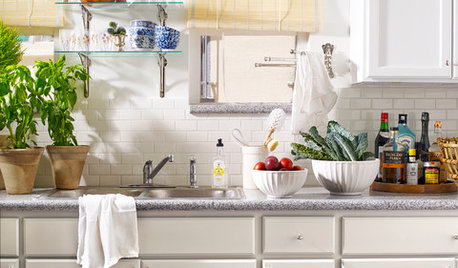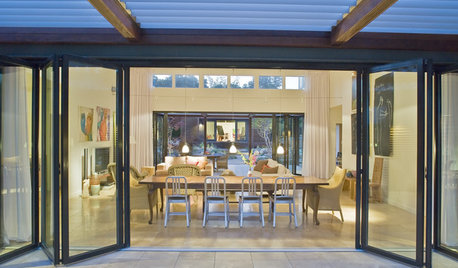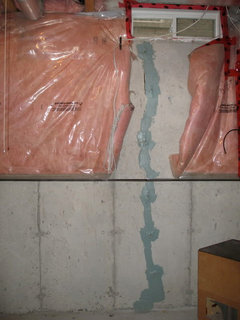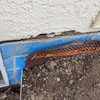Questions about waterproofing a basement
PFGardWeb
9 years ago
Featured Answer
Sort by:Oldest
Comments (9)
worthy
9 years agoPFGardWeb
9 years agoRelated Professionals
Bellingham General Contractors · Los Alamitos General Contractors · Midlothian General Contractors · Stillwater General Contractors · The Hammocks General Contractors · Los Alamitos Architects & Building Designers · Royal Palm Beach Architects & Building Designers · Athens Flooring Contractors · Elgin Flooring Contractors · Goodyear Flooring Contractors · Hudson Flooring Contractors · Mill Valley Flooring Contractors · Palatine Flooring Contractors · Strongsville Flooring Contractors · Yorba Linda Flooring Contractorspprioroh
9 years agoPFGardWeb
9 years agoworthy
9 years agoPFGardWeb
9 years agoRob F.
9 years agoPFGardWeb
9 years ago
Related Stories

BATHROOM DESIGNConvert Your Tub Space Into a Shower — Waterproofing and Drainage
Step 4 in swapping your tub for a sleek new shower: Pick your waterproofing materials and drain, and don't forget to test
Full Story
GREEN BUILDINGConsidering Concrete Floors? 3 Green-Minded Questions to Ask
Learn what’s in your concrete and about sustainability to make a healthy choice for your home and the earth
Full Story
ORGANIZINGPre-Storage Checklist: 10 Questions to Ask Yourself Before You Store
Wait, stop. Do you really need to keep that item you’re about to put into storage?
Full Story
REMODELING GUIDESConsidering a Fixer-Upper? 15 Questions to Ask First
Learn about the hidden costs and treasures of older homes to avoid budget surprises and accidentally tossing valuable features
Full Story
MOST POPULAR8 Questions to Ask Yourself Before Meeting With Your Designer
Thinking in advance about how you use your space will get your first design consultation off to its best start
Full Story
BUDGETING YOUR PROJECTConstruction Contracts: What to Know About Estimates vs. Bids
Understanding how contractors bill for services can help you keep costs down and your project on track
Full Story
HEALTHY HOMEWhat You Need to Know About Dust and How to Fight It
Breathe easier with these 10 tips for busting mites, dander and other microscopic undesirables
Full Story
MOST POPULARWhat to Know About Adding a Deck
Want to increase your living space outside? Learn the requirements, costs and other considerations for building a deck
Full Story
KITCHEN DESIGNKitchen of the Week: Making Over a Rental for About $1,500
Fresh paint, new hardware, added storage, rugs and unexpected touches breathe new life into a Los Angeles apartment’s kitchen
Full Story
ARCHITECTURE10 Things to Know About Prefab Homes
Are prefab homes less costly, faster to build and greener than homes constructed onsite? Here are answers to those questions and more
Full Story










PFGardWebOriginal Author